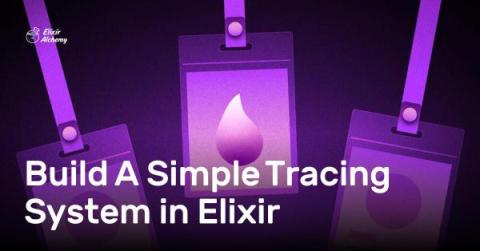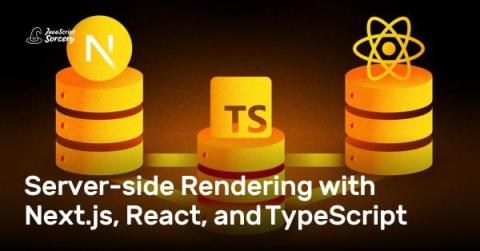Systems | Development | Analytics | API | Testing
Latest Posts
Build A Simple Tracing System in Elixir
Speed Up Your Ruby on Rails Application with LiteCache
In this series, we have looked at the "musts" (databases) and "shoulds" (asynchronous jobs, websockets) of a web application. Now we turn to one of the "coulds" (that is nonetheless recommended for scaling businesses): caching. In particular, we mean caching HTML fragments and other snippets of data, as referred to in Rails Guides. We are not concerned with HTTP or SQL query caching. In this part, we'll see how to speed up our Rails app using LiteCache.
Dealing with CPU-bound Tasks in Node.js
Welcome to part two of our series on profiling and optimizing CPU-bound tasks in Node.js! In the first installment, we discussed the complexities of handling CPU-bound tasks in Node.js, shedding light on their impact on runtime performance and exploring various profiling techniques. Once you've used profiling to figure out where the bottleneck in your application is, the next step is to choose the right optimization strategy to obtain an acceptable level of performance for your use case.
Keep your Ruby Code Maintainable with Draper
Design patterns can help to simplify your codebase so you don't need to reinvent the wheel. In this post, we'll go into how to use Draper. But first, we will start with an overview of the decorator pattern and how to use it with Ruby's standard library. Let's get started!
What's New in Elixir 1.16
The Elixir 1.16 release candidate is out now, and it comes with some compelling improvements to diagnostics, documentation, and a few other enhancements that make Elixir an even better choice for developers. We'll dive into some of these changes and highlight Elixir's continued focus on developer happiness and community building. Let's get started!
Connecting React.js and StimulusJS with JavaScript Events
We recently added a "Getting started" page to the AppSignal, which shows new users a page filled with recommended steps to help them get the most out of their AppSignal experience. Some users enjoy having a helping hand when getting started with AppSignal, others prefer exploring our product solo or already have experience with AppSignal. To give all of our users the option of a guided or solo experience, we needed to a toggle that hides or shows the Getting started page.
Server-side Rendering with Next.js, React, and TypeScript
In this post, we'll explain what server-side rendering (SSR) is and how it's different from the usual way websites work. We will run you through how to use SSR with Next.js, React, and TypeScript step-by-step. By the end, you'll know how SSR can make websites faster and better.
Stream Updates to Your Users with LiteCable for Ruby on Rails
So far in this series, we have been exploring the capabilities of SQLite for classic HTTP request/response type usage. In this post, we will push the boundary further by also using SQLite as a Pub/Sub adapter for ActionCable, i.e., WebSockets. This is no small feat: WebSocket adapters need to handle thousands of concurrent connections performantly.
How to Use Shoulda Matchers with RSpec for Ruby on Rails
When writing tests in Rails, you should avoid repetition and have the right amount of tests to satisfy your use case. This article will introduce you to shoulda-matchers with RSpec for testing functionality in Rails. At the end of the post, you should feel confident about using shoulda-matchers in your Rails application. Let's get going!











